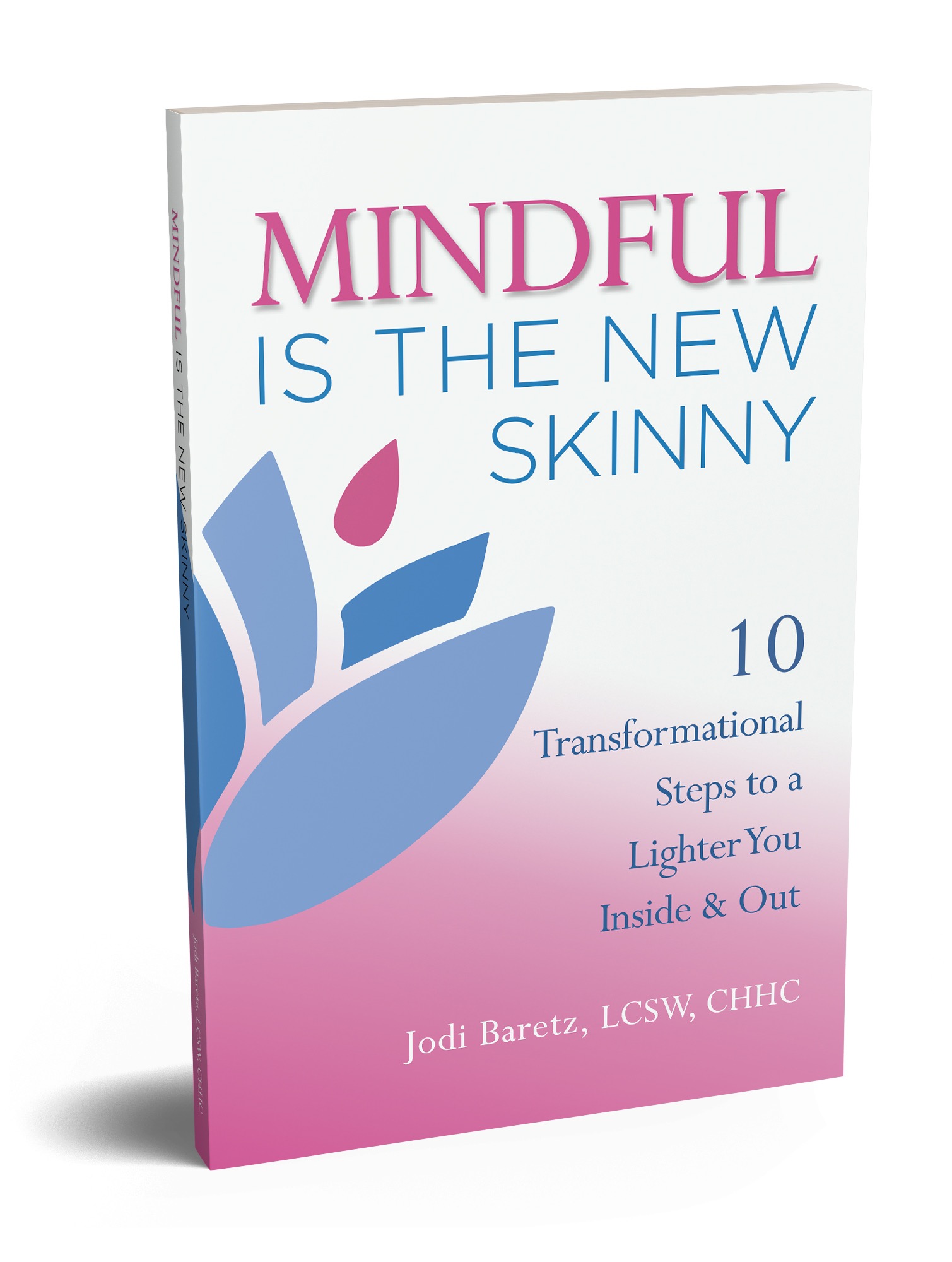Believe it or not, my childhood nickname was “Junk Food Jodi,” and for good reason. Like Lady Gaga sings, I was born that way. The attending nurse in the maternity ward told my mother that I would never be a good eater because I had a tendency to spit out my baby formula. So, there you have it: branded for life as a ‘bad eater’.
Things didn’t get any better growing up. As a young girl, I continued to be a picky eater. Dinner at my home, was often accompanied by not-so-subtle threats from my dad. He would command me to finish everything on my plate by the time the clock struck six. At 5:59, I’d sneak the undesired food under the table to my overly receptive brother so he could save my butt once again.
Obviously, my poor eating habits followed me into adulthood. (Salad? What is that?) Then in my mid-thirties, everything changed. I went to the doctor for a runny nose, thinking I might just have a food allergy, and ended up diagnosed with the autoimmune condition Celiac Disease. I was told by my doctor that I could never eat gluten again. That meant everything that I subsisted on including: pizza, bagels and cake needed to go!
At first, I thought it was some sort of cruel joke. After all, I’d never had so much as a stomachache. I decided to see a gastroenterologist, hoping he would debunk this “gluten” theory after performing an endoscopy. “You have Celiac,” he confirmed. “Complete villous atrophy. The villi (small finger-like projections) in your gut are not absorbing nutrients properly and you need to be gluten-free for life.” He went on to say that if left untreated, Celiac Disease could lead to long-term health complications such as bone weakness and nerve damage.
You’ve got to be kidding me. This time I heard it. I was depressed, confused and threw myself a grand pity party. Give up pizza and bagels? I literally mourned the foods I could no longer enjoy. I remember my Aunt Isabel telling me, “It’s only food!” That made me feel better, but only for a few seconds. Looking back, however, this diagnosis was a blessing in disguise. I couldn’t have imagined at that time how it would change my life completely. I learned not only how to eat healthily, but consciously—every last morsel— and in the long run, I saved myself from years of sickness. It also directed my career; it gave me purpose and introduced me to a whole new way of living.
It was a tough road at first, I had to dramatically change my attitude and relationship with food. I had to educate myself on what I could and couldn’t eat. This was in 2003, long before the gluten-free craze of today, so the product labeling was a lot more confusing, and basically non-existent. For clarification, I called food manufacturers directly to inquire if a product was gluten-free, and half the time, the customer service reps didn’t even know what gluten meant. I scoured every ingredient on every label in search of wheat and other hidden forms of gluten. I was astounded by how pervasive wheat is; I mean, it’s in soy sauce, soups, and Twizzlers. Come on, Twizzlers?!
As for dining out, it became less of a treat. When I’d ask whether a certain dish had gluten, the server usually looked at me like I had three heads; so, I’d ask for the manager, who didn’t know much more than the wait staff. Dining out with friends wasn’t as much fun, either, although some of them tried to lighten the situation. “I’ll take my pasta with extra gluten” was a common joke among my friends. Other friends called it “fake celiac.” At every dinner, gluten was in the spotlight and it was truly annoying and embarrassing. Even my husband excused himself from the table when I ordered.
Although it was truly a hassle, being diagnosed with Celiac was my introduction into mindful eating. Skip the appetizer; there was no warming up to this new lifestyle. I had to go cold turkey, saying so long forever to many of my favorite foods. I had to think about every crumb I put in my mouth, and make sure it didn’t touch any gluten. Gluten was the new rat poison. I couldn’t eat whatever I wanted, whenever I wanted anymore. Goodbye to food freedom and “Junk Food Jodi.” I had to pause, stop and think before ingesting even a stick of gum or after-dinner mint. The good news is that it was a great practice in mindfulness, not just as it related to eating, but also my daily habits, patterns and emotions around food.
Being so aware for the first time in my life was like awakening from an incredibly long nap to a totally new world. It’s hard to explain, but I had never been that tuned in with myself, my body and how food affected me. Once I found this new awareness, I wanted to explore it even further. I went on to become a health coach in addition to studying mindfulness and meditation. I soon learned how strong the mind-body connection is and used this integration in my psychotherapy practice. Once I shifted my mindset, I started seeing remarkable changes not only in my body but in my entire life. Even though this diagnosis was initially devastating, I am grateful for the path that it put me on and would encourage others to explore mindfulness for themselves; you will find a lightness both inside and out.
Excerpt from “Mindful Is the New Skinny,” a new Amazon best seller by Jodi Baretz, LCSW, CHHC


